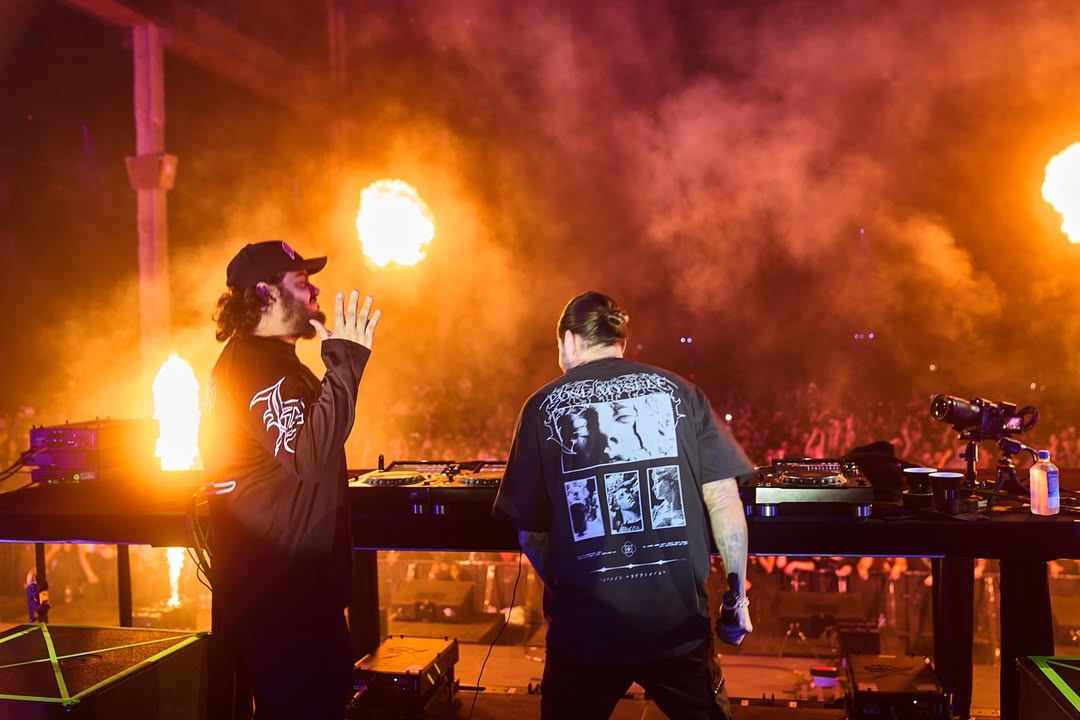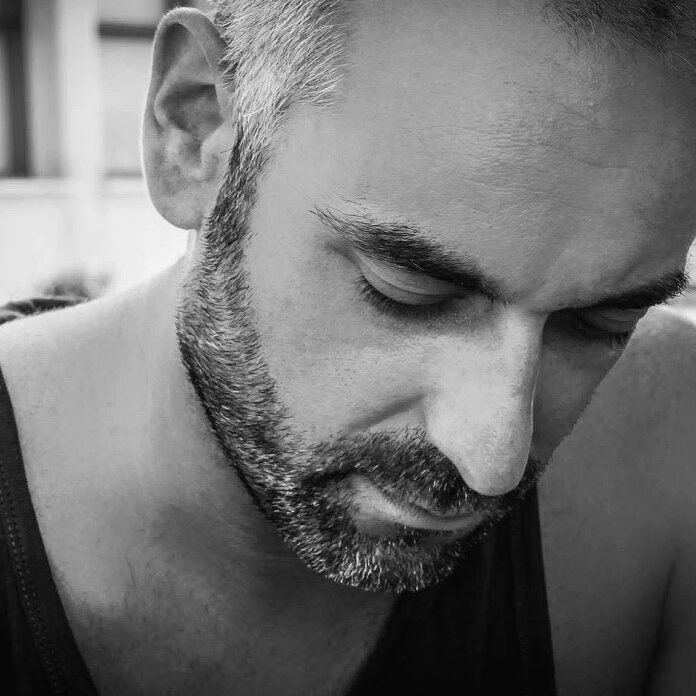When it comes to horror manga, there's perhaps no bigger name than Junji Ito. Known for stories featuring natural, cosmic and grotesque body horror, Ito's works such as Uzumaki and Gyo turn everyday concepts and situations into truly terrifying experiences. He obviously had his influences, however, and there's no more unsung hero of manga than Kazuo Umezu and The Drifting Classroom.
Featuring a school that literally disappears from the Earth, The Drifting Classroom is a horror manga classic that inspired several adaptations and the work of Junji Ito. In fact, one of Ito's manga collections almost directly homages Umezu's in its title. Here's a look at the story of this somewhat forgotten masterpiece and what makes it such a perfect Halloween read.
The Story of The Drifting Classroom
The Drifting Classroom was written and drawn by Kazuo Umezu and was originally published from 1972 to 1974. The story follows a young boy named Sho who, along with the rest of his entire school, ends up being mysteriously transported to another dimension. This is a dark future -- one in which the world has become assaulted by natural disasters and environmental phenomena. Unfortunately for everyone involved, this is only the beginning of the terrifying ordeal.
The adults soon descend into madness, turning on the students at the slightest agitation and soon dying themselves one by one. Other threats that the kids find themselves facing include gigantic beasts, low resources like food, and their fellow students striking against them in their own fits of madness. Thankfully, one of their number, Nishi, is telepathic and able to communicate with those in the past. What transpires from there is a bid to change the past and survive the future.
What makes the series so creepy and scary is how quickly things begin to spiral into total chaos and uncertainty, with the fantastic events interspersed with realistic and grounded reactions that people, especially children, would have. Said reactions include outright child abuse, showing that the twisted future isn't the only threat to the kids. This makes it as much of a post-apocalyptic survival tale as it is a horror story. Likewise, Umezu's art and its shady tones perfectly encapsulate horror, making the scenery and characters seem that much eerier.
The Legacy of The Drifting Classroom
2019 saw the release of a "Perfect Edition" of The Drifting Classroom, bringing it more mainstream recognition than before with the rising wave of international manga popularity. This was no doubt in response to the success of English localizations of Junji Ito's work, in particular. Ito would later state how much the book affected him and influenced his works, even doing a sort of autobiographical gag manga strip showing his younger self reading The Drifting Classroom.
Similarities can be seen in how Ito's stories involve fantastic variants of seemingly normal situations or concepts, turning everyday life into a fight for survival amid these weird circumstances. The similarly stylized yet still realistic artwork of Ito's is also similar to Umezu's, showing how the student/fanboy has most definitely become the teacher at this point.
Beyond Ito, The Drifting Classroom influenced other mediums by way of two different adaptations. 1987 saw the release of a live-action Japanese movie adaptation of The Drifting Classroom, with a Western adaptation, Drifting School, coming out eight years later. This was notable for being the first major role of actor Drake Bell. The Long Love Letter was a 2002 TV version that came out in Japan, although it was more loosely based on the material.
Now readily available at books retailers like Barnes & Noble and Books-a-Million, as well as digitally through Comixology, there's no better time to finally read The Drifting Classroom's scant few Perfect Edition volumes. With the end of the month approaching and Halloween right around the corner, the manga is the perfect segue into what the medium can do to provide audiences with a scare and a tingle down their spine.
About The Author

